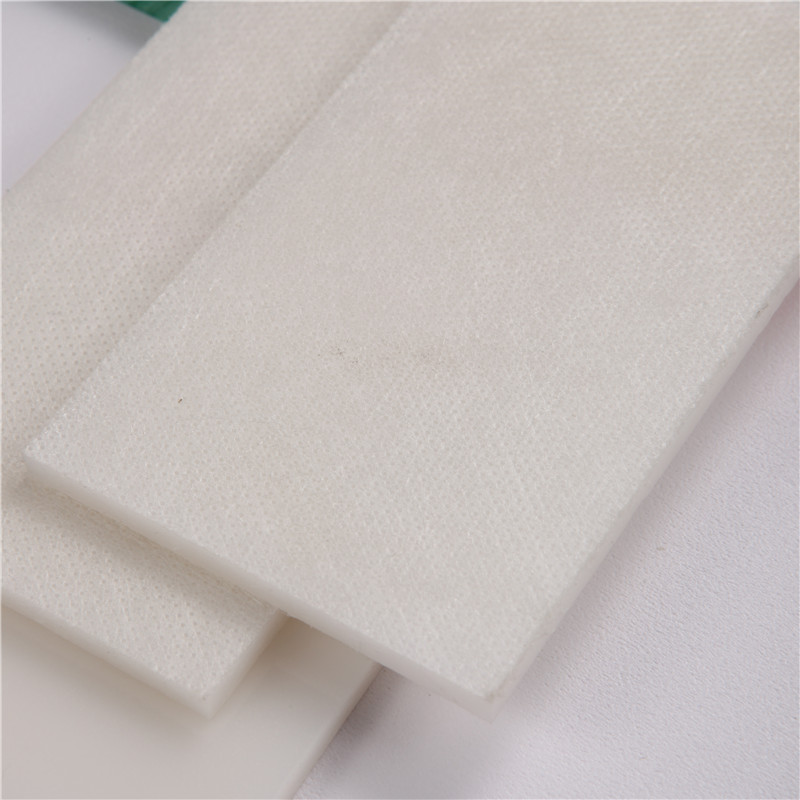stu . 18, 2024 10:20 Back to list
High-Density Polyethylene Specifications and Characteristics Overview
Understanding HDPE Specifications and Applications
High-Density Polyethylene (HDPE) is one of the most versatile and widely used plastic materials today. Its unique properties and specifications make it an ideal choice across various industries, from packaging and consumer goods to industrial applications. Understanding the specifications of HDPE is crucial for manufacturers, engineers, and consumers looking to make informed choices about their materials.
Chemical Structure and Properties
HDPE is a polymer made from the monomer ethylene, which is produced from fossil fuels. Its high-density structure results in a stronger and more rigid material compared to other types of polyethylene, such as Low-Density Polyethylene (LDPE). The chemical structure of HDPE consists of long chains of ethylene, allowing for higher tensile strength and greater resistance to impacts and chemicals.
One of the standout specifications of HDPE is its density, which typically ranges from 0.941 to 0.965 g/cm³. This density contributes to HDPE's overall strength and durability. The material exhibits excellent resistance to moisture, UV radiation, and a wide range of chemicals, including acids and bases. This makes HDPE particularly valuable in environments that require long-lasting and reliable materials.
Applications of HDPE
The versatility of HDPE allows for various applications across multiple sectors. In the packaging industry, HDPE is commonly used for bottles, containers, and plastic bags. Its lightweight nature, coupled with its ability to withstand abrasion and impact, makes it preferred for food and beverage packaging.
hdpe spec sheet

In construction, HDPE is often utilized for piping systems, geomembranes, and even plastic lumber. Its resistance to corrosion and low moisture absorption makes it suitable for underground and marine applications, where durability is paramount. Moreover, HDPE's longevity and recyclability position it as a sustainable choice in a market increasingly concerned with environmental impact.
Specification Sheet Insights
An HDPE specification sheet provides critical details that guide manufacturers in selecting the right grade for their specific needs. Key specifications often highlighted include melt flow index (MFI), which indicates the flow characteristics of the material during processing. An MFI value can help in understanding how HDPE will behave when melted and molded.
Moreover, tensile strength, elongation at break, and impact resistance are essential indicators of material performance. These values help engineers predict how the material will perform under various stresses and conditions. For instance, a higher tensile strength indicates a stronger material that can withstand more force without breaking, making it suitable for heavier applications.
Conclusion
HDPE is a remarkable material with a host of beneficial properties and applications. Its specifications, detailed in product sheets, are essential for informing choices in manufacturing and application. As industries continue to innovate and prioritize sustainability, HDPE’s recyclability and resilience position it as a preferred material in many new applications. Understanding the specifics of HDPE enables businesses and consumers alike to leverage its capabilities effectively, ensuring quality and longevity in their products.
-
High-Precision PVC Rigid Sheets for Vacuum Forming | AI-Optimized
NewsAug.05,2025
-
Durable PVC-M Water Supply Pipes | 60-Year Life
NewsAug.04,2025
-
Premium HDPE Water Supply Pipes: Durable & Leak-Proof
NewsAug.03,2025
-
Premium PVC-M Water Supply Pipe - Durable & Efficient
NewsAug.02,2025
-
HDPE Drainage & Irrigation Pipe - Durable, Efficient Solutions
NewsAug.01,2025
-
Premium PVC Transparent Pipe: Durable & Clear Solutions
NewsJul.31,2025

